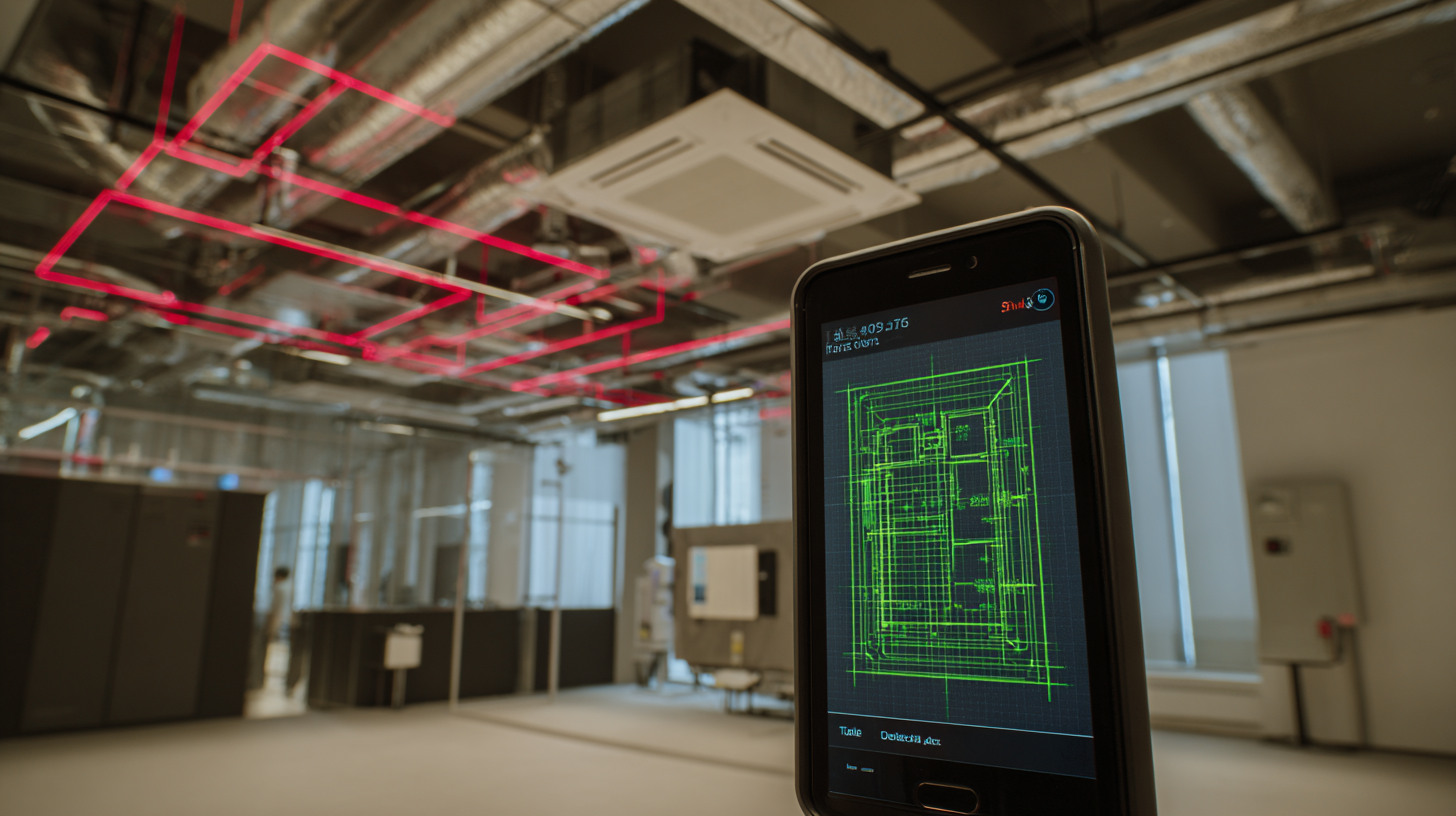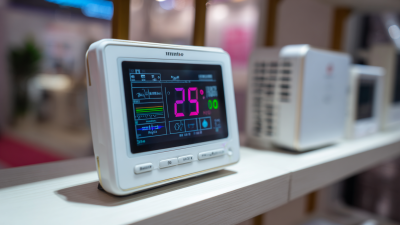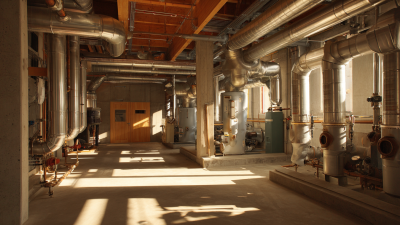
-
Home
-
Product Center
-
Application
-
Support
-
JT Cloud
-
About Us
-
Contact Us
Leave Your Message

In the pursuit of creating optimal indoor environments, understanding the intricate relationship between temperature, humidity, and overall comfort is essential. This begs the question: how can we effectively measure and enhance thermal comfort in various settings? The cornerstone of addressing this issue lies in the development and refinement of Thermal Comfort Measuring Systems.
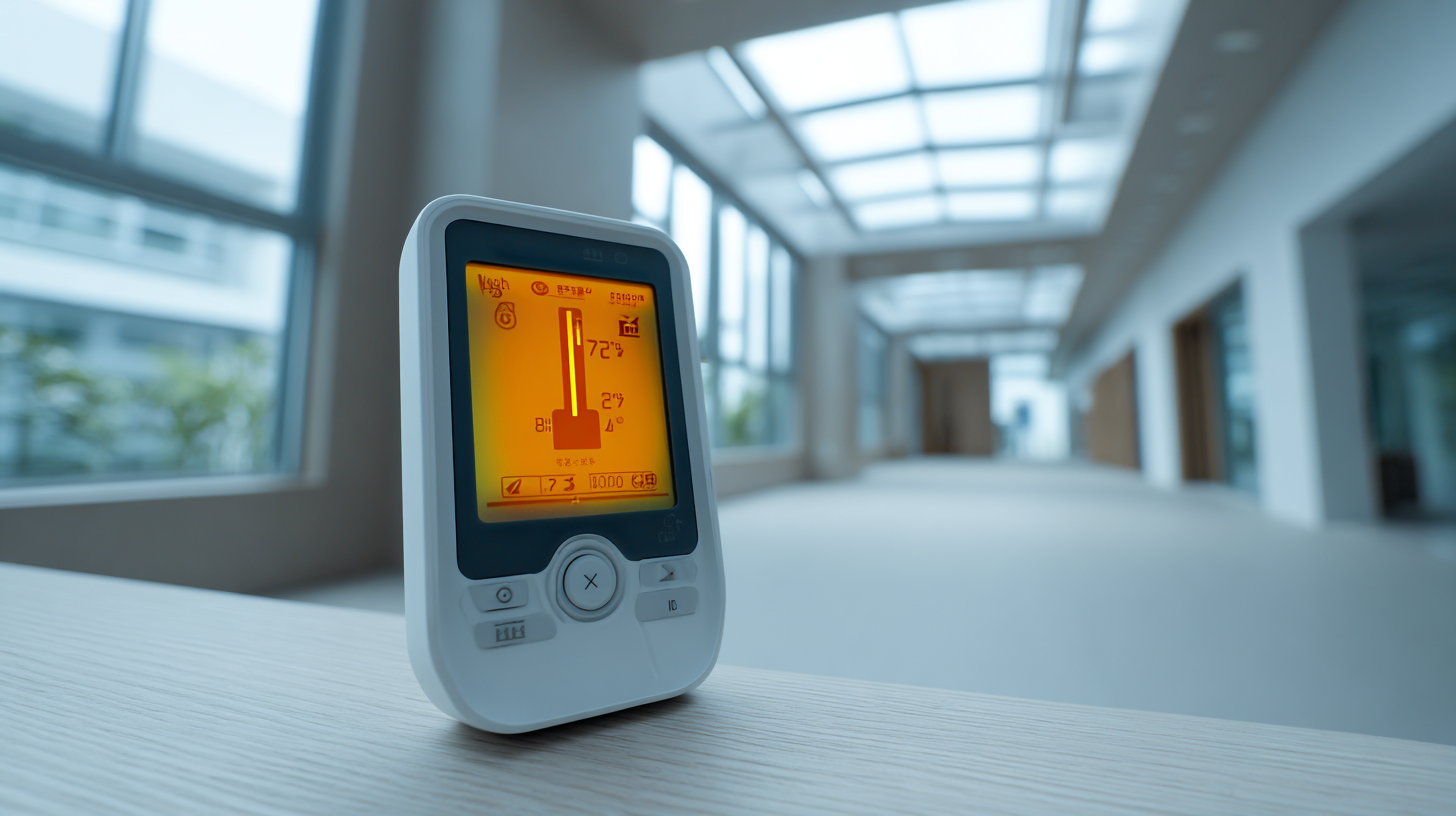
These systems not only assess the comfort levels of occupants but also provide valuable insights into the environmental conditions that contribute to their well-being. By leveraging cutting-edge technology and comprehensive metrics, such systems help architects, engineers, and facility managers to design spaces that promote health, productivity, and satisfaction.
This article will guide you through the process of optimizing indoor environments using Thermal Comfort Measuring Systems, highlighting best practices, methodologies, and innovative approaches that can revolutionize how we perceive and achieve thermal comfort in our daily lives.
Thermal comfort in indoor environments is a crucial aspect that significantly influences human perception and overall well-being.
Recent studies highlight key factors, such as air temperature and humidity, that contribute to our thermal sensation.
For instance, an optimal indoor air temperature of around 27°C has been identified as a baseline for achieving comfort in transitional spaces.
The interaction between air temperature and other environmental variables further shapes our experience of comfort, indicating the complexity of thermal perception.
Tips for enhancing thermal comfort include adjusting indoor temperatures to align with personal preferences and employing strategies like natural ventilation to regulate air quality.
Incorporating materials that facilitate airflow can also improve thermal sensations.
Awareness of multisensory perceptions plays a role in adapting to heat waves, emphasizing the need for adaptive strategies in climates prone to extreme weather.
Understanding these dynamics can empower individuals and designers to create more comfortable indoor environments, ultimately promoting well-being and productivity.
The assessment of thermal comfort in indoor environments is crucial for ensuring occupant well-being and productivity. Various measurement techniques have emerged, each utilizing distinct tools and technologies to evaluate comfort levels effectively. One prominent approach involves the use of sophisticated sensors that monitor air temperature, humidity, and air velocity, providing real-time data that can be analyzed for optimal comfort conditions. These sensors are often integrated into smart building systems, enabling automated adjustments to heating, ventilation, and air conditioning (HVAC) systems based on the instantaneous needs of occupants.
In addition to sensors, thermal comfort assessment can be enhanced through the implementation of software tools that model heat distribution within a space. Computational fluid dynamics (CFD) applications allow for the simulation of airflow and temperature variations, helping designers optimize layouts and HVAC configurations before physical installation. Moreover, wearable technology is gaining traction, allowing individuals to provide feedback on their comfort levels, which can inform further adjustments and lead to a more user-centered approach in thermal comfort management. Through these diverse methodologies, the science behind measuring thermal comfort continues to evolve, fostering environments that cater to the complex needs of their occupants.
| Measurement Technique | Description | Accuracy | Cost ($) | Usability |
|---|---|---|---|---|
| Thermal Imaging | Utilizes infrared sensors to detect heat patterns in the environment. | High | 1500 | Moderate |
| Data Loggers | Devices that record temperature and humidity over time. | Medium | 200 | Easy |
| Anemometers | Measures air velocity to assess airflow and comfort levels. | High | 300 | Moderate |
| Psychrometers | Used to measure temperature and humidity to evaluate thermal comfort. | Medium | 50 | Easy |
| Comfort Thermometers | Devices specifically designed to assess thermal comfort based on human perception. | High | 400 | Moderate |
The optimization of indoor environments is critically influenced by key environmental conditions such as temperature, humidity, and airflow dynamics. Recent studies highlight the intricate relationship between these factors and their impact on thermal comfort levels. For instance, a comprehensive computational study demonstrated how variations in relative humidity and particle size can significantly influence the transmission of aerosols in a ventilated room, underscoring the importance of monitoring humidity levels in maintaining a safe and comfortable indoor atmosphere.
Incorporating advanced modeling techniques, such as computer fluid dynamics (CFD), helps assess airflow patterns and their effects on indoor thermal comfort. For example, research focusing on urban microclimate modeling reveals that accounting for convective heat transfer and humidity can enhance the accuracy of simulations, thereby providing more realistic scenarios for thermal comfort assessments. This is especially relevant in environments with dynamic and non-uniform airflows, where traditional steady-state assumptions may no longer apply.
**Tip 1:** To enhance thermal comfort, regularly monitor indoor humidity levels, as they not only affect personal comfort but can also influence the microbial quality of the environment.
**Tip 2:** Implementing smart sensors for real-time monitoring of airflow and other environmental parameters can provide valuable insights, enabling adjustments that lead to improved indoor climate management.
The measurement of thermal comfort in indoor environments is guided by established standards such as those from ASHRAE and ISO. These organizations provide frameworks that help assess and manage thermal conditions, focusing on critical parameters including temperature and relative humidity. Recent studies emphasize the relationship between thermal comfort and the overall well-being of occupants, highlighting issues such as productivity reduction and health risks caused by inadequate indoor conditions. A closer look at the ASHRAE global thermal comfort database reveals the complexities involved in accurately predicting thermal sensation, where conventional models like PMV and PPD show considerable limitations in accuracy.
Moreover, the discourse around thermal comfort measurement has evolved, with discussions addressing potential biases and the need for more inclusive approaches in assessing comfort. For instance, critiques of existing methodologies highlight the importance of considering diverse occupant experiences to create more equitable indoor environments. Further investigations into indoor environmental quality guidelines underscore the necessity of integrating aspects such as energy efficiency and sustainability while ensuring that thermal comfort standards are met. These developments reflect a growing recognition of the interplay between building design, occupant satisfaction, and energy considerations in creating optimized indoor environments.
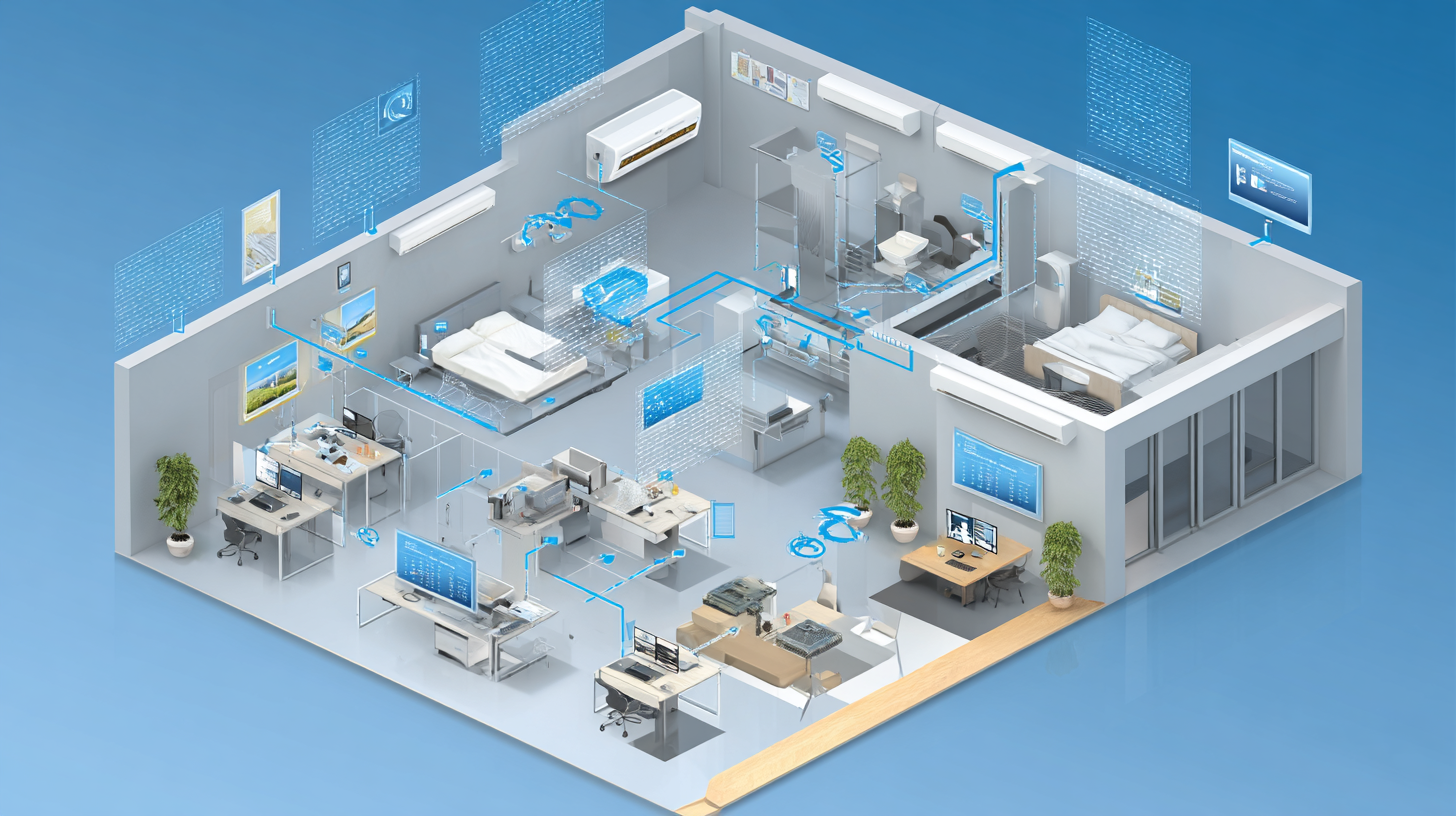
In recent years, the demand for enhanced indoor climate control has surged, driven by the need for healthier and more comfortable living and working spaces. Innovative solutions, particularly smart technologies, are at the forefront of this evolution. These systems utilize advanced sensors and algorithms to precisely measure thermal comfort levels, adjusting environmental factors like temperature, humidity, and air quality in real-time. By harnessing data analytics, users can achieve optimal conditions tailored to their specific preferences and needs.
Moreover, the integration of Internet of Things (IoT) devices plays a pivotal role in automating climate control systems. Smart thermostats and HVAC systems can communicate with each other, leading to more efficient energy consumption and improved comfort. For instance, machine learning can predict user behavior, allowing the system to pre-emptively adjust settings based on past usage patterns. Such technologies are not merely add-ons; they represent a fundamental shift in how we approach indoor environmental management, making it more responsive and user-friendly.
